The rise of electric mobility and EV battery production
With the rapid growth of electric mobility, the demand for electric vehicles (EVs) is increasing at an unprecedented rate. This surge in demand has put pressure on manufacturers to scale up EV battery production while ensuring they have access to the necessary materials.
In this article, we’ll take a closer look at the materials used in EV batteries, the manufacturing process, and the companies leading the way in battery innovation. We'll also discuss the challenges facing the industry and what the future might hold for EV batteries.
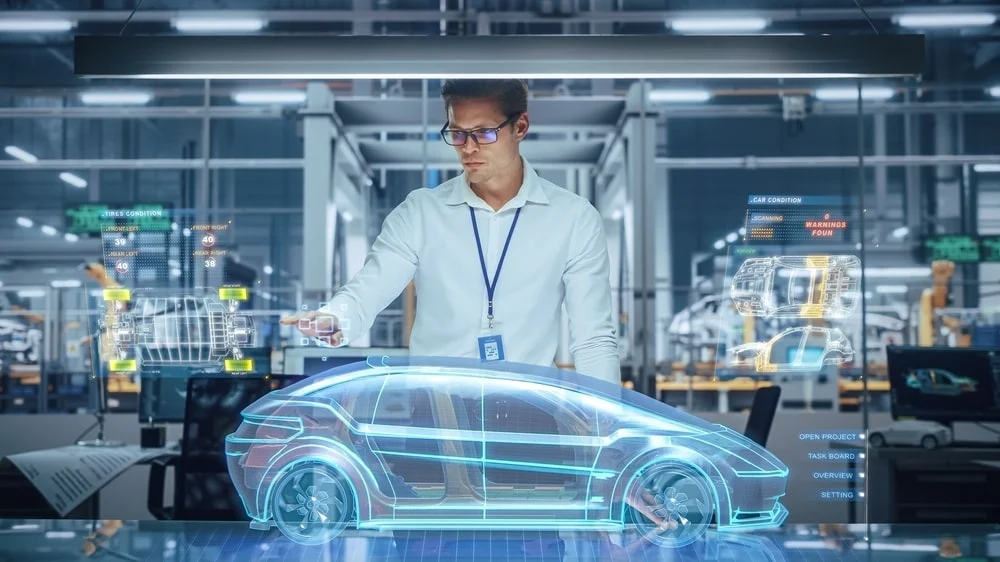
What are EV batteries made of?
EV batteries come in various shapes and sizes, depending on the design and technology used. From the cell type to the chemistry, there are multiple options available to manufacturers. Before diving into the materials, it's important to understand the different types of battery cell structures.
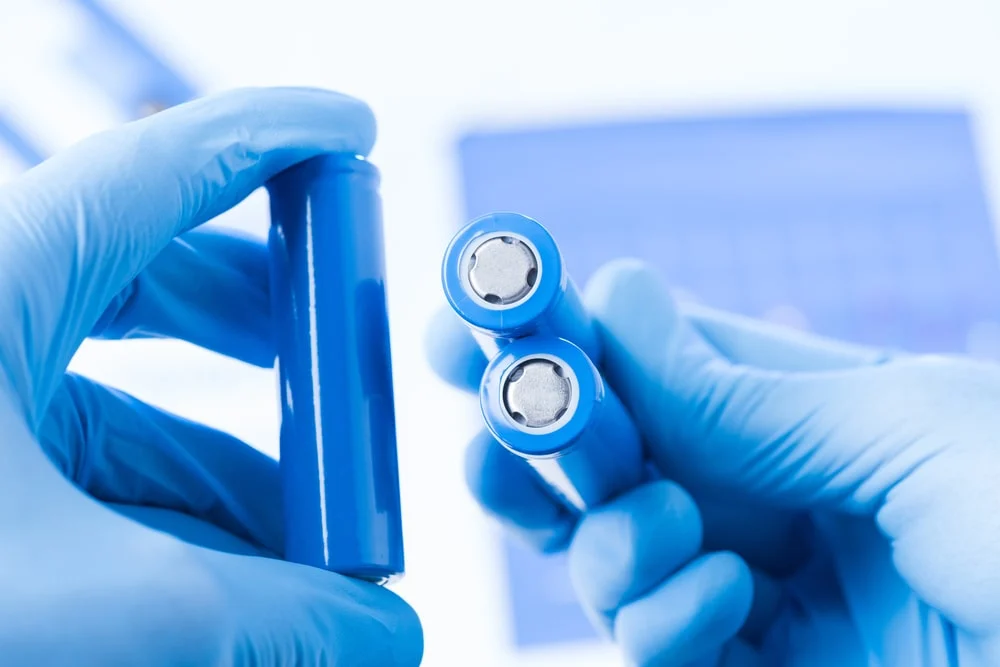
The different types of EV battery cells
There are three main types of battery cells used in electric vehicles: cylindrical, prismatic, and pouch cells. Coin cells are also used in research but not yet in commercial EVs.
1. Cylindrical cells
Cylindrical cells are widely used due to their durability and ease of manufacturing. They resemble standard AA or AAA batteries and are known for their resistance to mechanical shocks. However, they may not be as efficient in terms of power output compared to other types.
2. Prismatic cells
Prismatic cells are larger and more energy-dense than cylindrical cells. They use less casing material, allowing for higher energy storage and better heat management. Their popularity is growing as EVs require more power and range.
3. Pouch cells
Pouch cells are encased in a flexible plastic shell, making them space-efficient. However, their delicate structure requires additional protection against physical damage.
What materials are commonly used in EV batteries?
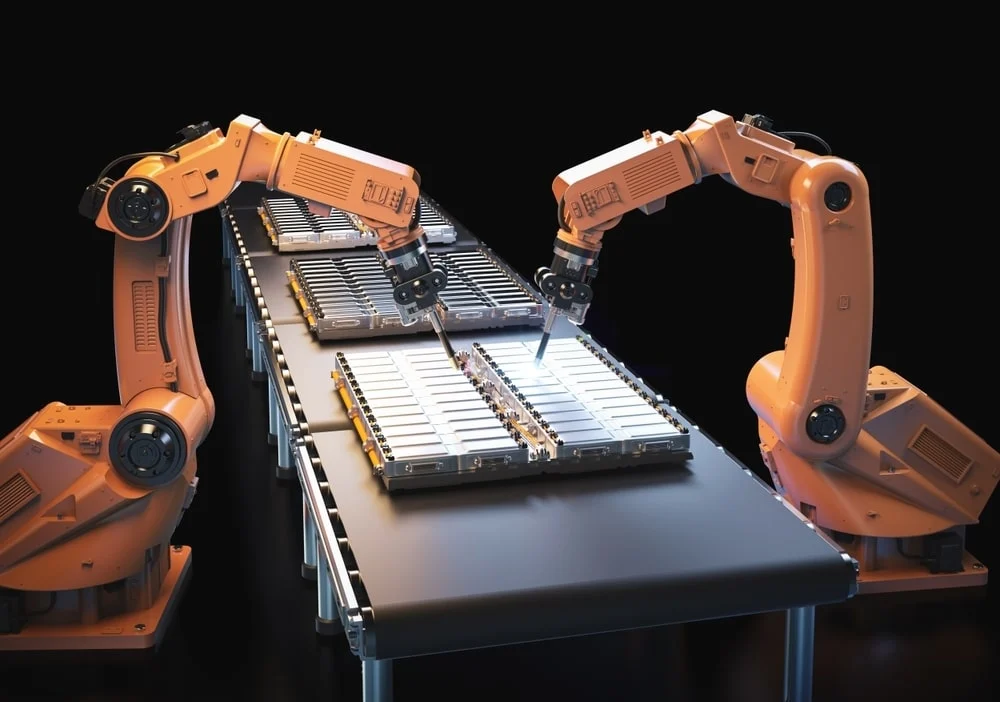
Lithium-ion (Li-ion) batteries are the most common, thanks to their high energy density and relatively low cost. Other chemistries include Nickel-Manganese-Cobalt (NMC), Nickel-Metal Hydride (Ni-MH), and even older technologies like lead-acid batteries.
Lead-acid batteries, while not ideal for large EVs, are still used in some hybrid models due to their low maintenance and repairability. However, they lack the energy capacity needed for modern electric vehicles.
What makes up a lithium-ion battery?
Lithium-ion batteries consist of several key components: a cathode, an anode, and an electrolyte. The cathode is usually made from a mix of lithium, nickel, cobalt, and manganese, while the anode is typically composed of graphite.
These layers are enclosed in a protective casing, often made of aluminum or steel, to ensure safety and longevity.
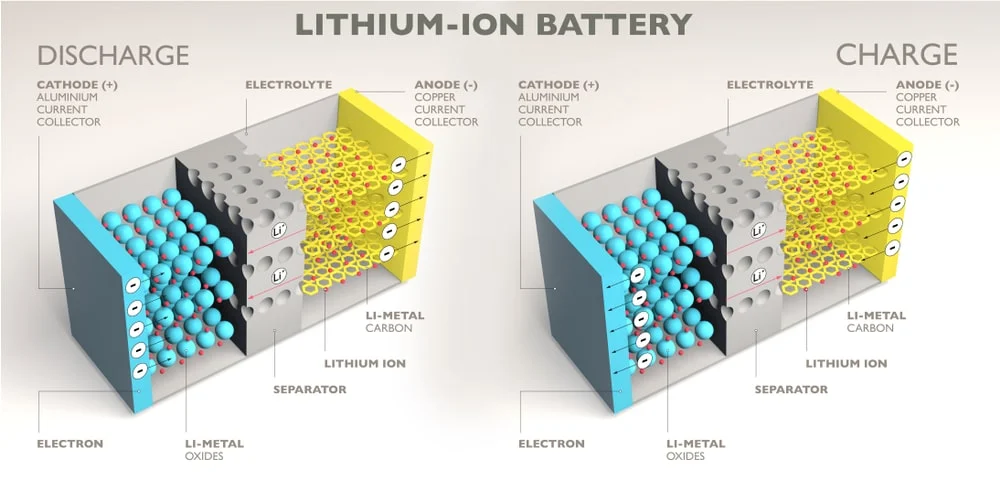
What are the key components of an EV battery?
Beyond the raw materials, an EV battery requires several hardware and software components to function effectively. Let’s break down the main parts that make up an EV battery system.
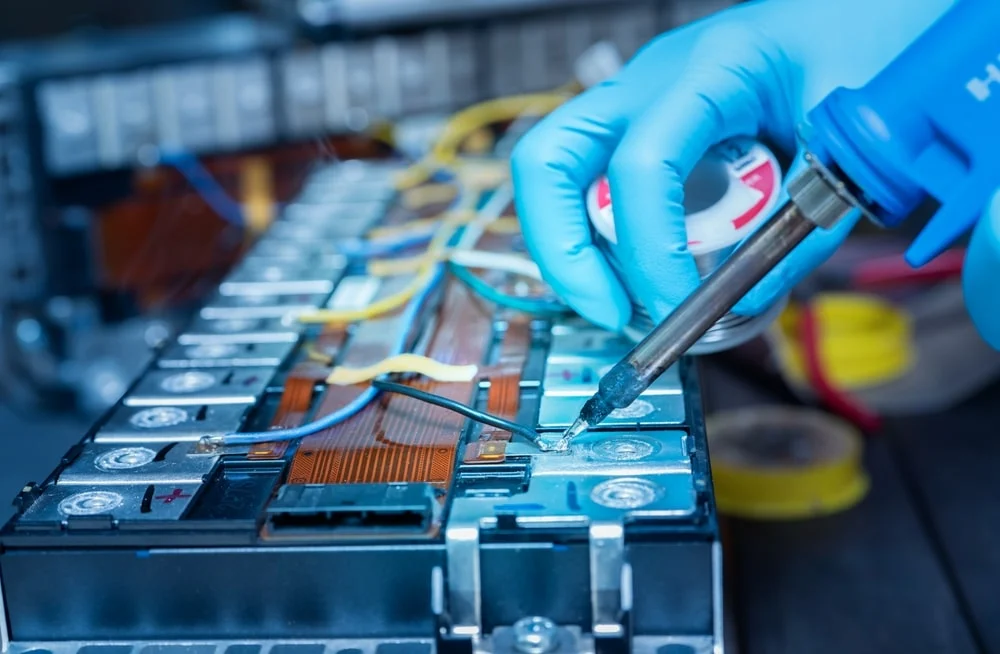
Battery Module Array
This refers to the group of individual cells wired together into modules, which then form the complete battery pack. It’s the core part of the battery that stores and delivers energy to the vehicle.
Battery Management System (BMS)
The BMS is crucial for monitoring and controlling the battery’s performance. It ensures each cell is charged and discharged properly, manages temperature, and alerts the driver if any issues arise.
Battery Electrical System
This includes all the wiring, fuses, and connectors that allow the battery to communicate with the rest of the vehicle’s systems. It’s designed to handle high voltages and work seamlessly with the BMS.
Battery Cooling System
EV batteries can get very hot, so a cooling system is essential. It helps regulate temperature and prevent overheating, which could damage the battery or reduce its lifespan.
Battery Protection Case
This casing protects the battery from external elements, including water, dust, and physical impacts. It must be strong enough to withstand vibrations and extreme temperatures.
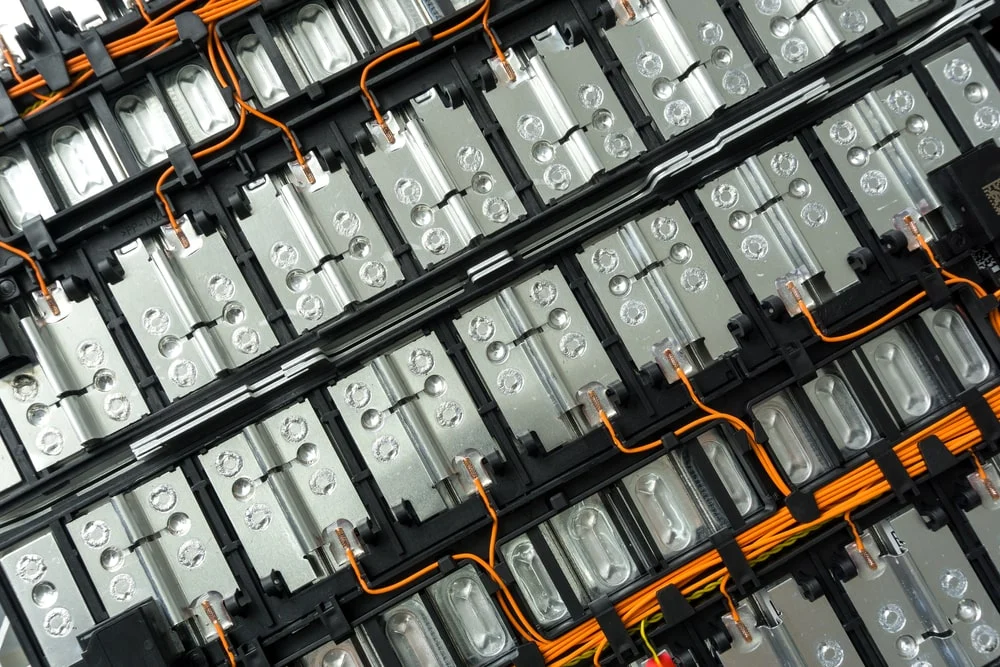
Who manufactures EV batteries?
EV battery production is a complex and resource-intensive process. As a result, the market is dominated by a few major players. The largest EV battery manufacturer globally is CATL, with around 34% of the global market share.
China plays a significant role in battery production, holding 70% of cathode production and 85% of anode production. More than half of the raw minerals used in EV batteries also originate from China.
Other major players include LG Energy Solution and BYD, with market shares of 14% and 12%, respectively. BYD is unique in that it produces both EVs and batteries, giving it a competitive edge.
The US, Japan, and South Korea account for the remaining shares, though they are working to increase domestic production through government initiatives and partnerships.
Supply and demand gap
As the demand for EVs continues to grow, so does the need for raw materials like lithium, cobalt, and graphite. This has led to supply shortages and increased costs for manufacturers.
Since 2020, the automotive industry has faced ongoing challenges, including computer chip shortages and now lithium and graphite shortages. These issues are driving up the cost of producing EVs and putting pressure on the supply chain.
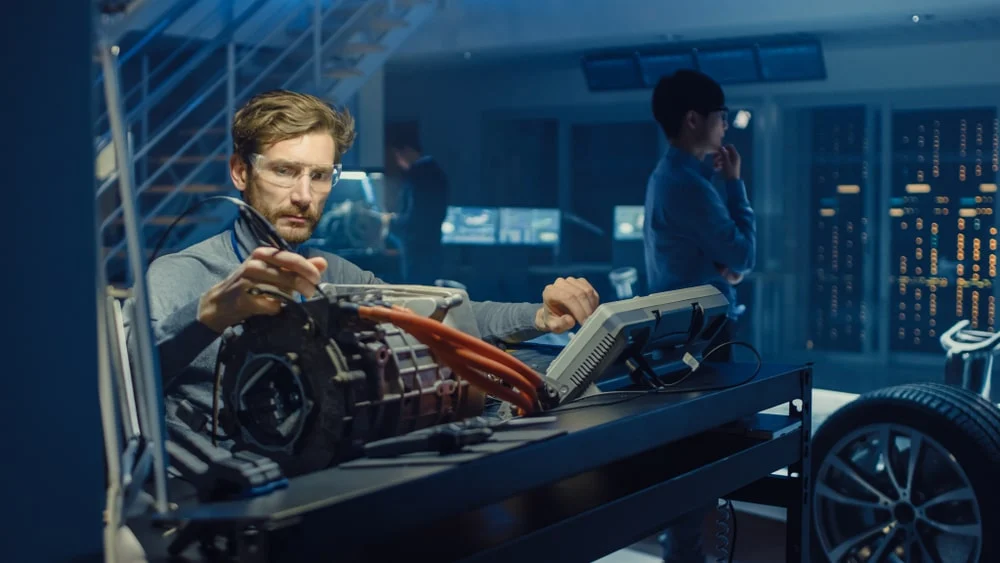
Graphite, which is critical for the anode, is becoming increasingly scarce, further complicating the situation for manufacturers.
The future of EV batteries
Despite these challenges, the future of EV batteries looks promising. Innovations such as battery recycling and improved battery chemistry are helping to reduce reliance on raw materials and make EV production more sustainable.
Research into next-generation batteries, such as solid-state batteries, is also gaining momentum, with the potential to increase efficiency and reduce costs in the long run.
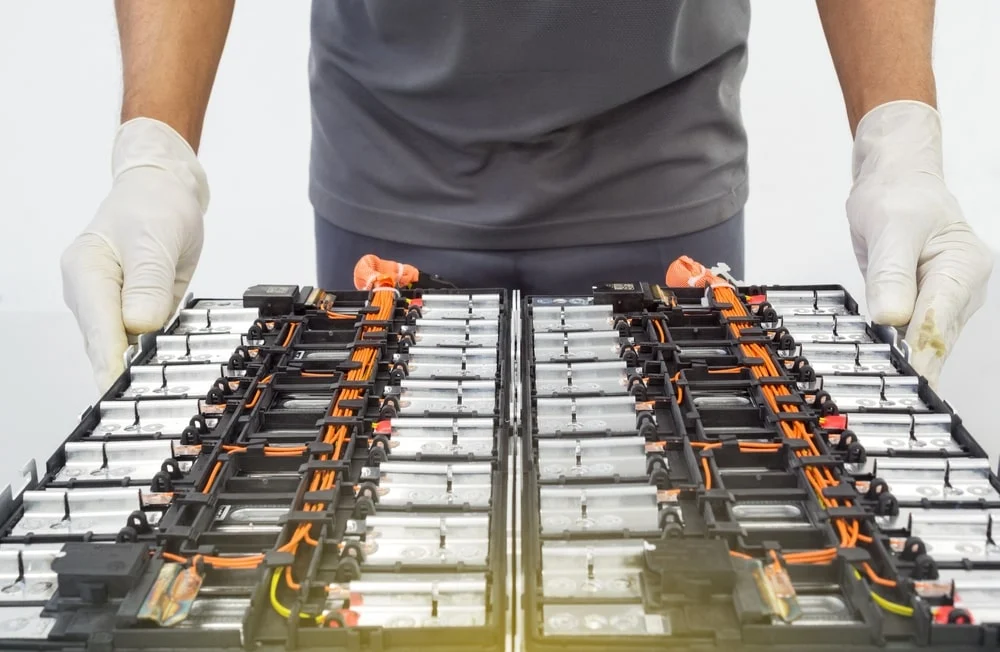
While the EV battery industry faces challenges, advancements in technology, policy support, and sustainable practices are paving the way for a more resilient and accessible future for electric vehicles.
If you're interested in learning more about EV batteries, check out our articles on how much they cost or how they can be recycled.







